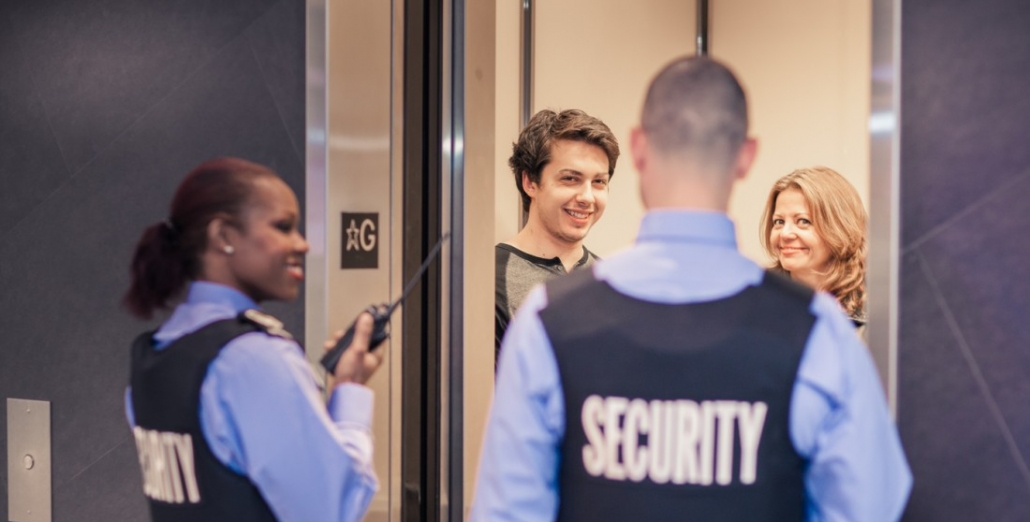Safeguarding your commercial property is paramount. Whether it’s protecting valuable assets, ensuring the safety of employees and customers, or preventing unauthorized access, implementing robust security measures is essential. At Wincon Security, we understand the importance of comprehensive security solutions tailored to the unique needs of commercial properties. Here are the top security strategies that every commercial property should adopt:
Access Control Systems: Enhancing Security and Efficiency
Implementing access control systems is a fundamental aspect of commercial property security. These systems regulate entry to designated areas, preventing unauthorized access while allowing seamless movement for authorized personnel. From keycard access to biometric systems, Wincon Security offers customizable solutions tailored to your property’s requirements, ensuring optimal security and operational efficiency.
Video Surveillance: Monitoring and Deterrence
Video surveillance is a powerful tool for monitoring activity within and around a commercial property. High-definition cameras strategically placed throughout the premises provide real-time monitoring, deterring potential threats and providing valuable evidence in the event of an incident. Wincon Security’s state-of-the-art surveillance systems offer advanced features such as remote monitoring and analytics, enhancing overall security effectiveness.
Security Patrols: Active Deterrence and Response
Security patrols play a vital role in maintaining a visible security presence and deterring criminal activity. Whether conducted on foot, by vehicle, or a combination of both, regular patrols by trained security personnel help identify and mitigate security risks promptly. Wincon Security’s experienced patrol teams are equipped with the necessary tools and training to respond effectively to any situation, ensuring the safety and security of your commercial property.
Alarm Systems: Instant Notification and Response
Alarm systems provide an additional layer of protection by alerting authorities and designated personnel to potential security breaches. From intrusion alarms to fire and smoke detection systems, timely notification is critical in preventing or minimizing damage. Wincon Security offers comprehensive alarm solutions integrated with monitoring services, ensuring rapid response and peace of mind for property owners and occupants alike.
Security Training and Awareness Programs
Effective security measures are only as strong as the people who implement them. Investing in security training and awareness programs for employees helps foster a culture of vigilance and preparedness. From recognizing suspicious behaviour to responding to emergencies, proper training empowers staff to play an active role in maintaining a secure environment. Wincon Security offers tailored training programs designed to equip personnel with the knowledge and skills needed to enhance overall security posture.
Integrated Security Solutions: Seamless Protection
In today’s interconnected world, integrating various security systems and technologies is key to achieving comprehensive protection. Wincon Security specializes in designing and implementing integrated security solutions that leverage the latest advancements in technology to provide seamless protection across all aspects of your commercial property. By consolidating disparate systems into a unified platform, we ensure enhanced visibility, control, and responsiveness.
Protecting your commercial property requires a multi-faceted approach encompassing access control, video surveillance, security patrols, alarm systems, training, and integration. At Wincon Security, we are committed to providing tailored security solutions that address the unique needs and challenges of each client. By implementing these top security strategies, you can safeguard your assets, mitigate risks, and maintain a secure environment for all stakeholders. Contact Wincon Security today to learn more about how we can help protect your commercial property.



